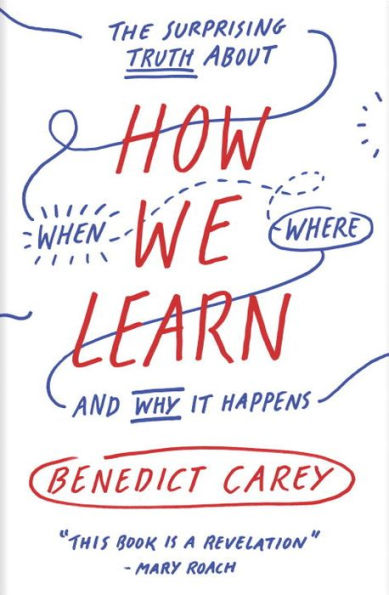Table of Contents
Introduction: Broaden the Margins ix
Part 1 Basic Theory
1 The Story Maker 3
The Biology of Memory
2 The Power of Forgetting 21
A New Theory of Learning
Part 2 Retention
3 Breaking Good Habits 45
The Effect of Context on Learning
4 Spacing Out 65
The Advantage of Breaking Up Study Time
5 The Hidden Value of Ignorance 80
The Many Dimensions of Testing
Part 3 Problem Solving
6 The Upside of Distraction 107
The Role of Incubation in Problem Solving
7 Quitting Before You're Ahead 131
The Accumulating Gifts of Percolation
8 Being Mixed Up 149
Interleaving as an Aid to Comprehension
Part 4 Tapping the Subconscious
9 Learning Without Thinking 175
Harnessing Perceptual Discrimination
10 You Snooze, You Win 195
The Consolidating Role of Sleep
Conclusion: The Foraging Brain 213
Appendix: Eleven Essential Questions 223
Acknowledgments 229
Notes 231
Index 245



